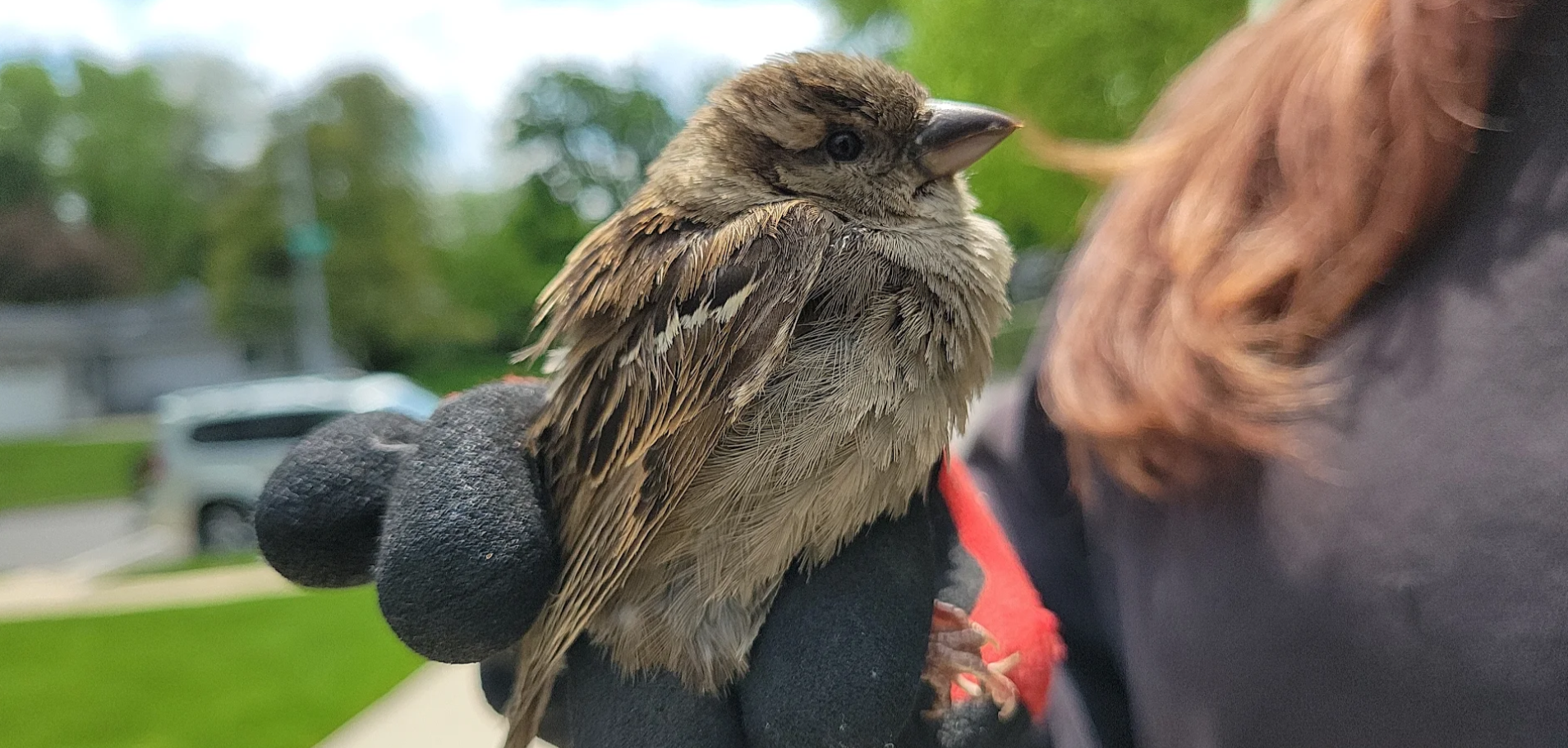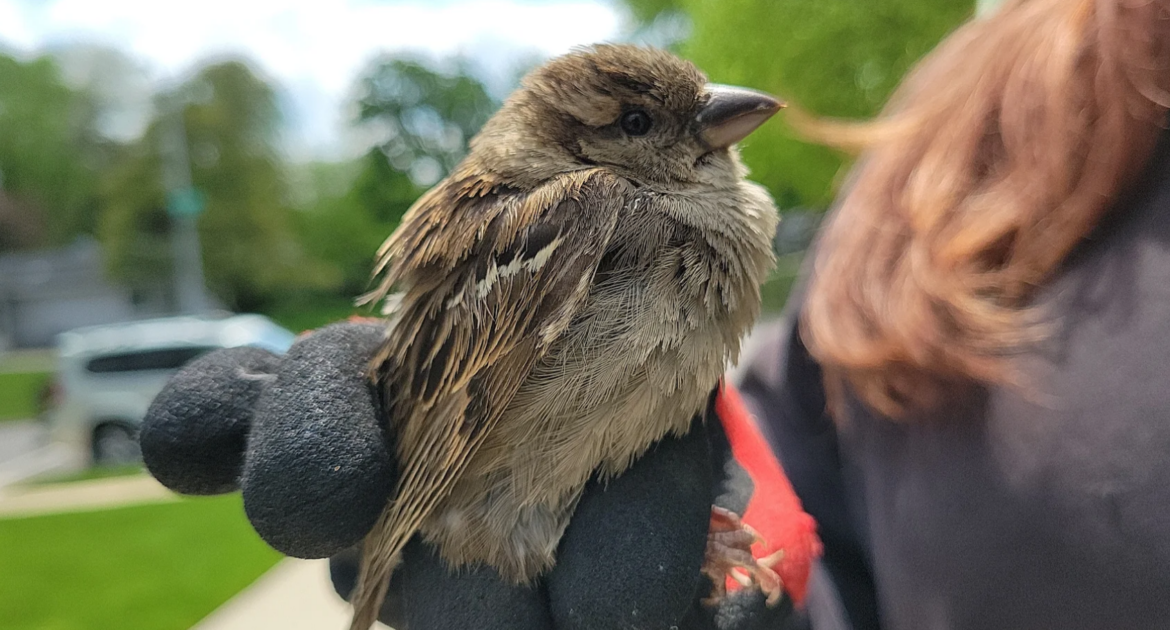If birds are hanging around your yard too often, you might be unknowingly providing them with the perfect materials for their nests. Birds use everything from twigs and leaves to scraps left behind to build sturdy homes, and most backyards have plenty of these resources. While it’s nice to hear birds chirping, nests built near your house can cause damage or health risks.
To prevent issues, it’s important to know what attracts them and how to manage these materials. Curious about the different types of bird nests? Below, we’ll explore what birds commonly use to build their nests and how to protect your property effectively.
Twigs and Branches
Sticks and small branches are some of the most basic supplies birds seek out when building nests. They’re sturdy and easy to shape, making them great as a base to support the structure of their creation. After heavy winds or storms, you’ll often see these scattered all over the ground under trees or piled up in corners of your yard. These piles can become an all-you-can-find buffet for nest-building.
To keep your property less appealing for nesters, try cleaning up debris regularly. Pick up fallen twigs and trim back overgrown trees to reduce the amount of sticks that fall to the ground in the first place. Not only will this help with the bird situation, but it’ll also keep your yard looking neat and tidy.
Grass Clippings
Birds love soft, flexible supplies that make their nests comfortable, and freshly cut grass fits the bill perfectly. When grass clippings are left behind after mowing, they act like a magnet. Birds will swoop in, grab what they need, and weave it into their nests. You may not even realize they’re collecting it, especially if clippings are tangled in outdoor furniture or hiding along the edges of your lawn.
One way to solve this is to bag your clippings right away after mowing. For those who compost, an enclosed compost bin is a great way to recycle the grass without allowing birds to access it. With just a bit of effort, you can make your freshly cut yard less enticing.
Leaves and Pine Needles
If you’ve got a yard full of trees, leaves and pine needles may be another reason you’re noticing birds setting up shop nearby. These lightweight items are perfect for lining nests, as they help keep the eggs and baby birds insulated. Once they start gathering in piles around your yard, especially in corners or under trees, it’s an open invitation to birds looking for easy pickings.
The best way to deal with this is to stay on top of the raking and keep those gutters clean. Fallen pine needles can be just as attractive, so don’t forget to pay attention to them during yard maintenance. Regular clean-up also prevents leaves and needles from building up in unwanted areas.
String, Thread, and Fabric Scraps
It might surprise you, but small bits of string, thread, or fabric scraps can also attract birds. These items are perfect for tying a nest together and giving it more strength. You might have some of these lying around from a recent outdoor project, an old gardening setup, or even some rope-like materials you left behind. Birds are quick to spot these and work them into their nests.
If you’ve been working on projects outside, make sure to clean up and store anything like twine or old rags in tightly sealed containers. A quick tidy-up can go a long way in keeping nesting birds from getting too cozy.
Mud
Mud may not seem like an obvious choice, but for some birds, it’s essential. It acts like natural glue, holding all the pieces of their nests together. Certain birds, like swallows, rely on this resource heavily, and any pools of mud near your property can become a goldmine for nest-building. Leaky hoses, poorly drained garden beds, or even puddles after heavy rain can create the perfect conditions for them.
To avoid this, check for and repair leaks around outdoor water sources. Improving drainage throughout your garden or driveway will also help prevent standing water, making it harder for birds to gather mud to work with.
Feathers
Feathers are a favourite because they’re warm, lightweight, and soft. Birds often line their nests with them to create a cozy environment for their eggs and hatchlings. These feathers might come from wild birds or even from pets that shed outdoors. Areas like under bushes or around pet resting spots might have more feathers than you realize.
The solution? Regular outdoor clean-up is the answer. Sweep up feathers whenever you see them, and consider grooming your pets indoors. This way, you limit how much nesting material birds have access to around your property.
Hair and Fur
Similar to feathers, hair and fur also make excellent nesting materials. They add warmth and are easy to weave into the nest’s structure. You may have noticed stray strands from grooming your pets outside or even your own hair blowing around after a haircut outdoors. Birds are quick to gather up whatever they can find.
After grooming your cat or dog, make it a habit to bag up and dispose of the fur right away. If outdoor grooming is unavoidable, take a moment to clean up afterward so birds won’t have easy access to the leftovers.
Paper and Cardboard
Shredded paper and cardboard are other common items that birds love to gather. Whether it’s old packaging, project scraps, or even paper left near an open recycling bin, birds will use these lightweight pieces to add structure to their nests. Once they find these materials, they’ll incorporate them quickly
You can manage this by keeping recycling bins closed with secure lids and making sure shredded paper is stored in bags until pickup day. Preventing access will help avoid any accidental contributions to their homes.
Preventing Nesting Problems
Many of these materials may seem harmless, but together they can make your outdoor spaces very appealing for birds. When large numbers take up residence in or around a home, it can lead to noise, messes, and even structural issues in extreme cases. Proactively managing these items helps discourage birds from nesting too close and reduces the chances of them causing damage.
If birds have already settled too close to your property, it’s especially important to fix the problem safely and effectively. Moving nests can be tricky and even harmful to these creatures, so it’s best to leave this task to professionals who are experienced in addressing the problem humanely.




